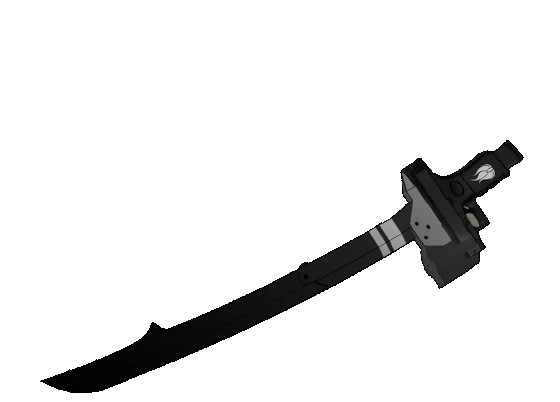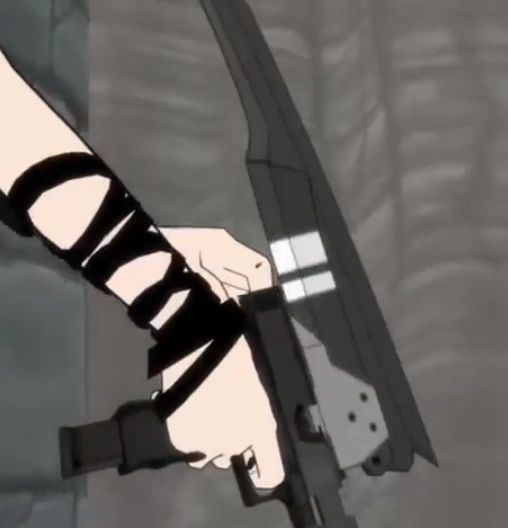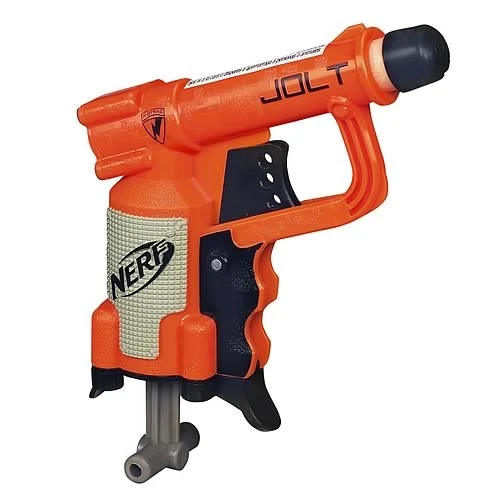There are many ways to power an electrical project.
However, as cosplayers, the only option we have are batteries since we prefer our props to be portable and technology doesn't have anything better than batteries at the moment.
 |
| Image from: http://fullservicebattery.biz/wp-content/uploads/2013/06/common-houshold-batteries-580x580.jpg |
So how do I pick the right battery?
This depends on the voltage and current draw of your project. You can either calculate or measure this.
To calculate this, take a look at the specification sheets for the components of your project. For example,
 |
| Find the pdf at: http://www.savioled.com/v/vspfiles/photos/Flexible%20LED%20Strip.pdf |
say we buy a single FXLEDHO-1FT-30K led strip and have it's specification sheet above. What you need to find are the voltage and current numbers on that sheet. For voltage that isn't too hard. It's listed here as Input Voltage. It is 12V.
But there doesn't seem to be an input current. Believe it or not it's actually there, just hidden. In this case it's in the wattage(per ft) row. Sometimes manufacturers will give you the input current sometimes they don't. Here, though, they don't so we have to use the wattage.
In order to get the input current, we need to do some easy math. Wattage is a unit for Power. The typical formula is P=IV or Power=Current * Voltage.
P=I*V
We have 4.4W per foot for Power and 12V for Voltage. So just substitute.
(4.4)=I*(12)
and solve
I=4.4/12=.366 A
So our current requirement is .366 Amps per foot. Now .366 Amps is if you're just running one foot. If we wanted to use 3 ft of this, our current requirement would be 3*.366= 1.1 Amps total. Just multiply by how many feet you want.
You might not be using LED strips, but the procedure is the same for any electrical component.
1. Find specification sheet
2. Find Voltage and Current requirement on the sheet. If current is not there, it's in wattage somewhere on the sheet and calculate it.
Remember,
The Specification Sheet is King!
To measure voltage and current draw of a circuit you already built, you need a voltmeter. Use google to tell you how to use a voltmeter. Other places explain it better than I can. There's even a
wikihow on it.
Figured out the voltage and current draw. Now what?
Next is to actually pick your battery. From the last example, we needed a voltage level of 12V and a current level of .366A for one foot of the LED strip to work. We simply need to pick a battery that fulfills these requirements. Batteries also have an additional characteristic you need to look out for. You will see mAh or Ah listed. Ah means Amps per hour and mAh means milliamps per hour. Simply, it's how long the battery can supply current at the listed voltage. For example, a 12V battery with 2000mah means that you can run the battery at 2 Amps or 2000mA for 1 hour or you can run it at 1 Amp or 1000mA for 2 hours.
If we're thinking of buying that 12V 2000mAh battery to use for the LED strip, we can calculate how long it takes before we really buy it. Simply take the 2000mAh number and divide by your needed current.
Run time=2 Ah/.366A =5.45 hours
That means we can run the foot of LED strip for about 5.45 hours straight. Depending on personal preference this may be too long or too short of a time to have the LED strip run.
Keep an eye out on what your battery chemistry is (Alkaline, Nimh, Lithium, Lithium-Ion, Lithium-Poly etc.). Some kinds require effort to maintain usability. Also make sure that the battery voltage level does not exceed your projects voltage level draw.
The available batteries don't have what I need.
You can always build your own battery pack. To do this, you put smaller batteries in parallel or series to get what you want.
When you put batteries in series, the voltage adds up according to how many batteries you have in series and the current capacity stays the same. Put them in parallel and the current capacity adds up according to how
many batteries you have in parallel and the voltage stays the same. You can also mix the two methods if needed.
 |
Image from: http://solarpowerplanetearth.com/images/series_parallel_batteries.jpg
|
Here is a table of basic batteries that you can create your own battery out of. These are all
Alkaline disposables. Keep in mind that these values are not descriptions of ALL batteries, there are other kinds of batteries out there with different chemistries, voltages and capacities.
Battery type
|
Voltage(V)
|
Typical Capacity(mah)*
|
AA
|
1.5
|
2700
|
AAA
|
1.5
|
1200
|
C
|
1.5
|
8000
|
D
|
1.5
|
12000
|
9V
|
9 |
550 |
*Typical capacity is not exact. Please refer to your battery’s
specification sheet for an exact value.
So if we wanted to build a battery that satisfies the 12V .366A power requirement, we can connect 8 Alkaline AA batteries in series to get a 12V (8*1.5V) battery pack that has a capacity of 2700mAh or 2.7Ah. With a current draw of .366A or 366mA, that means this battery pack can run for 7.4 hours(2700mAh / 366mA) for one foot of that LED tape/strip.
What if I use a battery with a higher voltage?
You will end up damaging your project and shortening it's lifespan. A higher voltage than what is recommended on the spreadsheet or measured is a NoNo. A higher current capacity is fine.
What about power banks?
Power banks are just like batteries except that the current they output is limited. The same principles applied to batteries also apply here. You have to match a power bank to a voltage and current that is required by your project just like a battery. Keep an eye out for capacity and output current. For a power bank, they do not match. As in a power bank may have a capacity of 3600mah or 3.6Ah, but that does not mean you can draw 3A. For a power bank(at this moment in time), it's usually between 1A to 2A. Read the specification sheet.
And that's how you pick the right battery for your application. Feedback is appreciated.










































